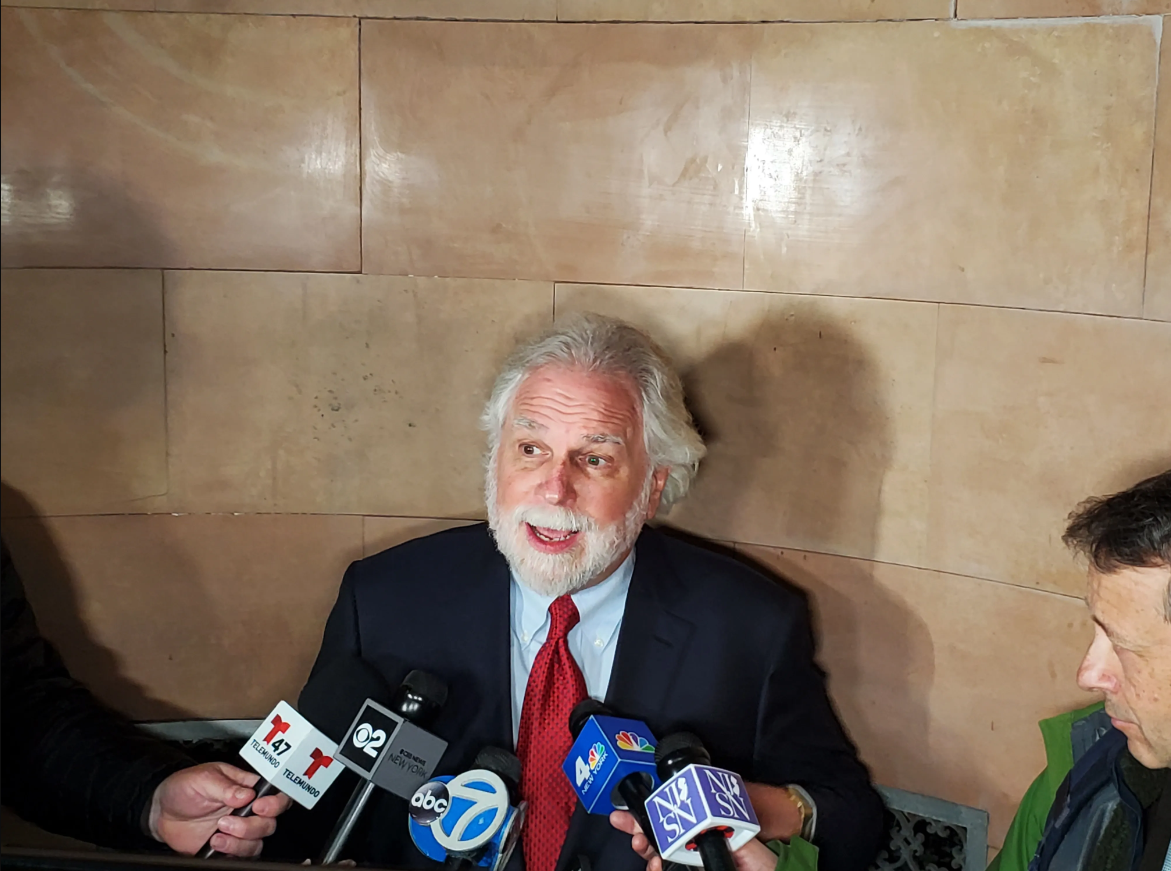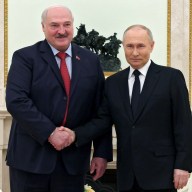As far as North America-staged Olympics go, the Salt Lake City Winter Games represent a tough act to follow. The Utah capital overcame significant scandal leading up to the event to put on a memorable, financially successful Olympics. The city even found a way to ward off traffic chaos by deploying a well-executed transportation plan.
Drivers heeded the advice of Games’ organizers during 2002 and stayed away from the city centre or kept their cars at home and took transit. However — and this is something that has been noted by Vancouver’s planners — complacency did set in eventually, and drivers began using their vehicles more freely — leading to some unwanted congestion at the conclusion of those Games.
A study from Timothy Harpst from the Salt Lake City transportation division has demonstrated the keys to achieving the overall traffic success during the 2002 Winter Games. Those factors were co-ordination and co-operation between agencies, detailed planning, modelling and testing, plus loads of public information and travel demand management.
Last year, researchers from Beijing Jiaotong University published a paper focused on the impacts of traffic measures during the Beijing Summer Olympics, comparing pre- and post-Games traffic. Their assessment showed that so-called traffic control measures reduced traffic anywhere between 15 and 35 per cent. In other words, their plan also worked.
While Beijing is not as useful a comparison as Salt Lake City, its traffic success shows Olympics transport can be managed. So there’s hope for Vancouver.
Local drivers might even be lulled into thinking that this time it will be easier — that they can drive freely about en route to work or pleasure. But complacency cannot be an option during these Games.
Salt Lake City had only five Games venues within a nine-kilometre radius of its city centre. Vancouver, by comparison, will have 10. And Salt Lake City has a smaller population and a less congested road and transit network.
Cognizant of this, TransLink and VANOC have created the Transportation Management Centre, which will allow regional transport agencies to deal with real-time traffic situations. Norm Fraser, TransLink’s Olympic transportation operations manager, has dubbed it “road-based intelligence gathering.”
Before hitting the road this February, local car enthusiats would be wise to take their own travel plans this seriously.

















